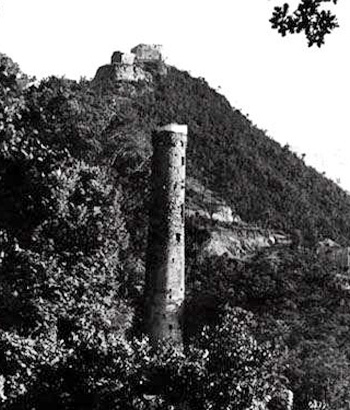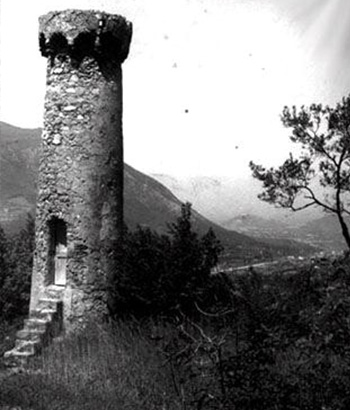

A thousand year old city with a fascinating history to discover. A land of monasticism, Saints and Blesseds, place of worship, folklore, and nightlife.

When the name "Cava de’ Tirreni" was adopted in 1862, the city was already famous for its natural beauty, its geographical position, and its history, which is still preserved and passed down with pride.
which is still preserved and handed down with pride.
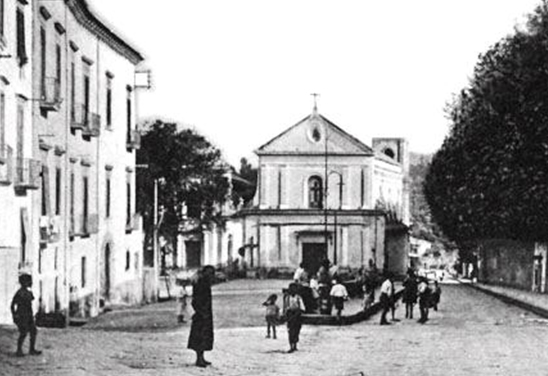

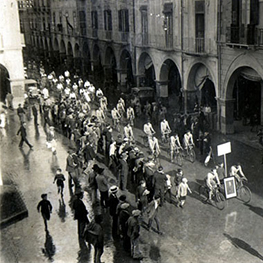
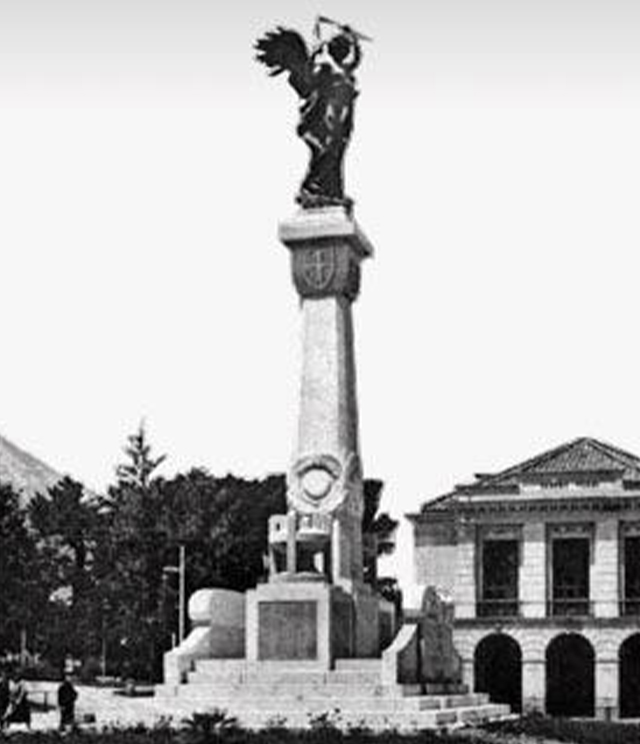
The city was well-known among the Mediterranean peoples with different names: Marcina, the Lands of Cava and the City of Cava. Above all, the town was known for its strategic position: a town between Salerno, the Amalfi Coast and Naples.
The first inhabitants, the Tirreni, an etruscan tribe, left some archaeological traces, which are preserved in the Museum of the Benedictine Abbey, and in the civic museum.
In Roman times, the town became a popular holiday destination of the aristocracy. Indeed, today there are remains of villas and temples of the Gens Mitilia.
In the Middle Ages, the territory came under the dominion of the lombards of Benevento, which has an impact on the vocabulary and the local place names, like “Li Curti,” derived from “curtes”, that the Lombards were used to indicate the “lands of the woodland”. Today, it is the name of a district of the town.
In the XVIII and in the VIX Century, Cava was an important stop-over on the Grand Tour, attracting young European noble men and receiving the visit of the Queen Margherita of Savoy in 1880.
Between the end of the 19th century and the beginning of the XXth century, Cava de’ Tirreni, already known in the past as a holiday destination for prestigious visitors, strengthened its reputation as a well-known summer resort.
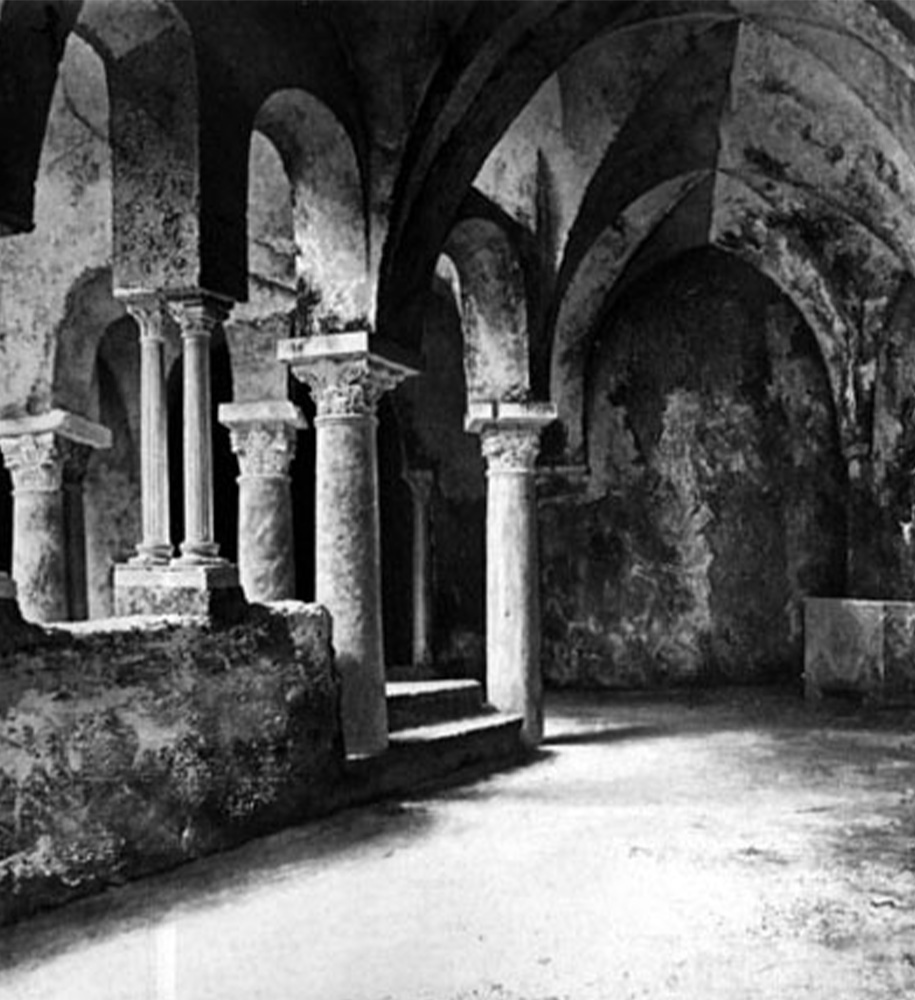
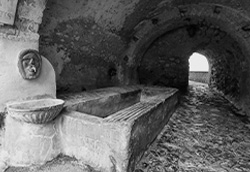

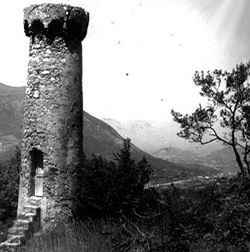
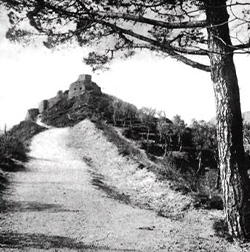

The ancient seat the magistrates of the territory, the "Corpo di Cava" retains considerable remains of the fortification walls of the XVIII century and that is where, especially during the middle Ages, flourished mainly the population of Cava.
The village was built by order of Sant' Alferio Pappacarbone, that in 1012 had already built some of the houses, and a hospice for the poor and for pilgrims. It was later on inhabited by the farmers of the lands of the Benedictine Abbey, built at the beginning of the year 1000, and by the staff of the hospice. The Abbey, during the centuries, has been dedicated to many charitable activities in favor of the population that was entrusted to it, such as charitable and helpful activities, in addition to government and defense. Indeed,in 1092 the village was surrounded by a wall with three gates and eight towers of defence to protect the inhabitants from the attacks of pirates and bandits, making the Corpo di Cava the first modern settlement of the town.
In the past, the Abbey has directed its activity towards the education and instruction of youth through the establishment of a boarding school, which attarcted many young scholars to the small village.
Even today, this town is particularly dear to the population, the "Cavesi", especially during the warmer months, for its cool climate and the serenity that reigns among its villages, rich in history. A place of great tourist influx, it is an essential stop-over on a tour of Cava de' Tirreni. As for the Abbey, it has focused its activities both on social and spiritual carel, particularly in respect of the oblates - those who continue to live in their family and social environment, while welcoming and serving the Word of God.
The Corpo di Cava is easily reached from the town centre by bus, but the route is very pleasant and can be easily walked, with available in the area, or by using the bus line in the city or a taxi service.
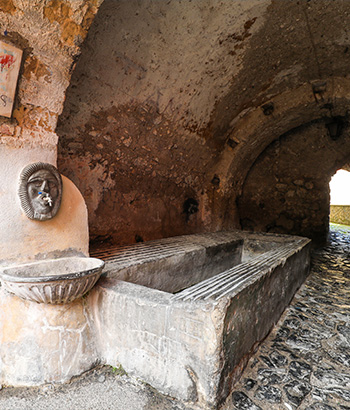
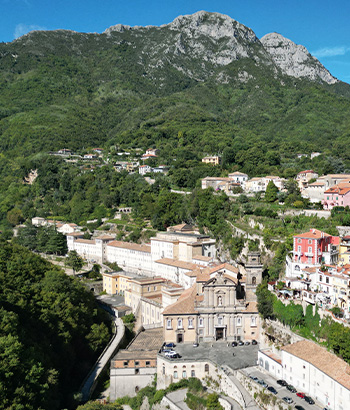
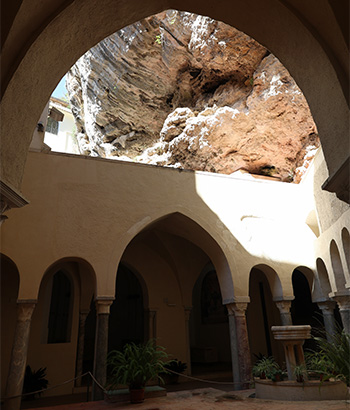

In the XII century, the city was located in a strategic position between the Coast and the hinterlands, which favored commerce and defense.
In 1131, Roger II of Sicily, the Norman king, unified the Kingdom of Sicily, which included not only Sicily but also the lands of Southern Italy. This process of territorial consolidation led to the centralization of power and the creation of an administrative structure that promoted the development of the city. Corpo di Cava, due to its central location in the heart of the kingdom, between the Coast and the valley of the Irno River, was elevated to the status of a royal city, "Città Regia".
The title of "Città Regia" was conferred Cava de' Tirreni due to its privileged location, as it was directly under the control of the crown and not subject to local lords or feudal authority. This meant that the town enjoyed a certain degree of administrative autonomy, as well as the right to be governed directly by the monarch, who guaranteed its protection and supported its development. In return, the city had to respect the king’s authority and contribute to the fiscal and military needs of the kingdom.
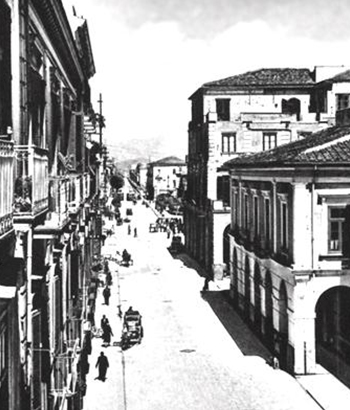



Located in Pineta La Serra, "Parco delle Torri" (literally, the "Towers Park") is a place of great historical value and nature, which preserves evidence of distant timesoffering a peaceful and picturesque corner in the heart of the city. The park is known for its ancient medieval towers, dating back to the Lombard period. These towers were historically used for territorial control and pigeon hunting.
The towers in the park were built around the 1500s and represent a rich architectural and historical heritage of considerable interest. 1500 and represent a rich architectural and historical heritage of considerable interest.
Parco delle Torri is not only a historical site, but also a piece of nature where you can go for walks, explore the local flora and fauna, and enjoy the beautiful views of the city and the surrounding hills. It is a perfect place for those who like to combine history, culture and nature in a unique experience.
The towers were used for the Hunting of Pigeons, a tradition of Lombard origin that was carried out for centuries by the inhabitants of the Valle Metelliana.
The practice was carried out mainly by the slingers, who used the towers and traps to kill or capture the pidgeons. The Towers were used by hunters to throw stones and shoot down the pigeons during the flight.
The Hunting of Pidgeons was not only a practice of hunting, but also had a strong social and symbolic significance. The pigeons, indeed, were seen as a symbol of peace, freedom, and renewal.
